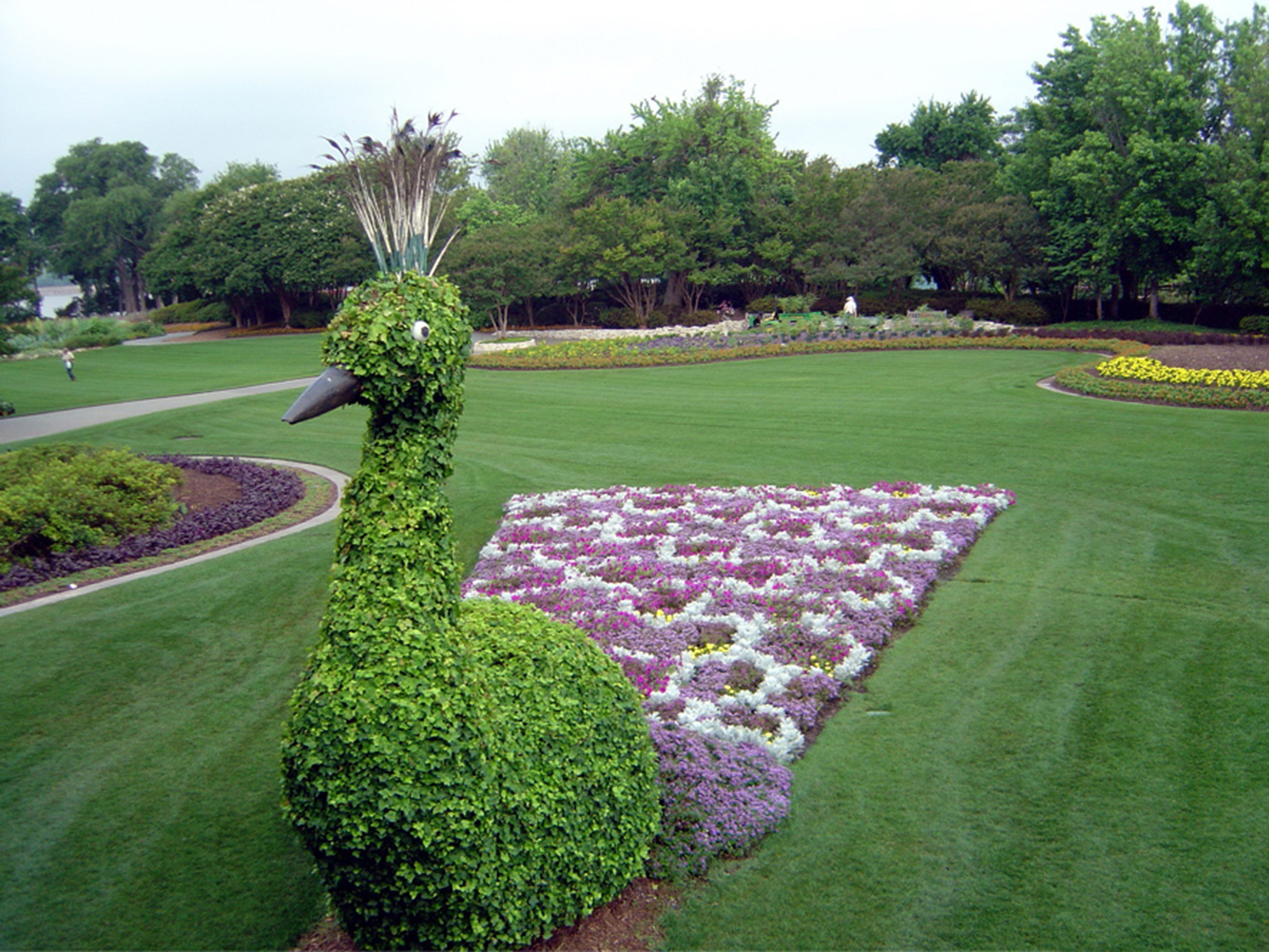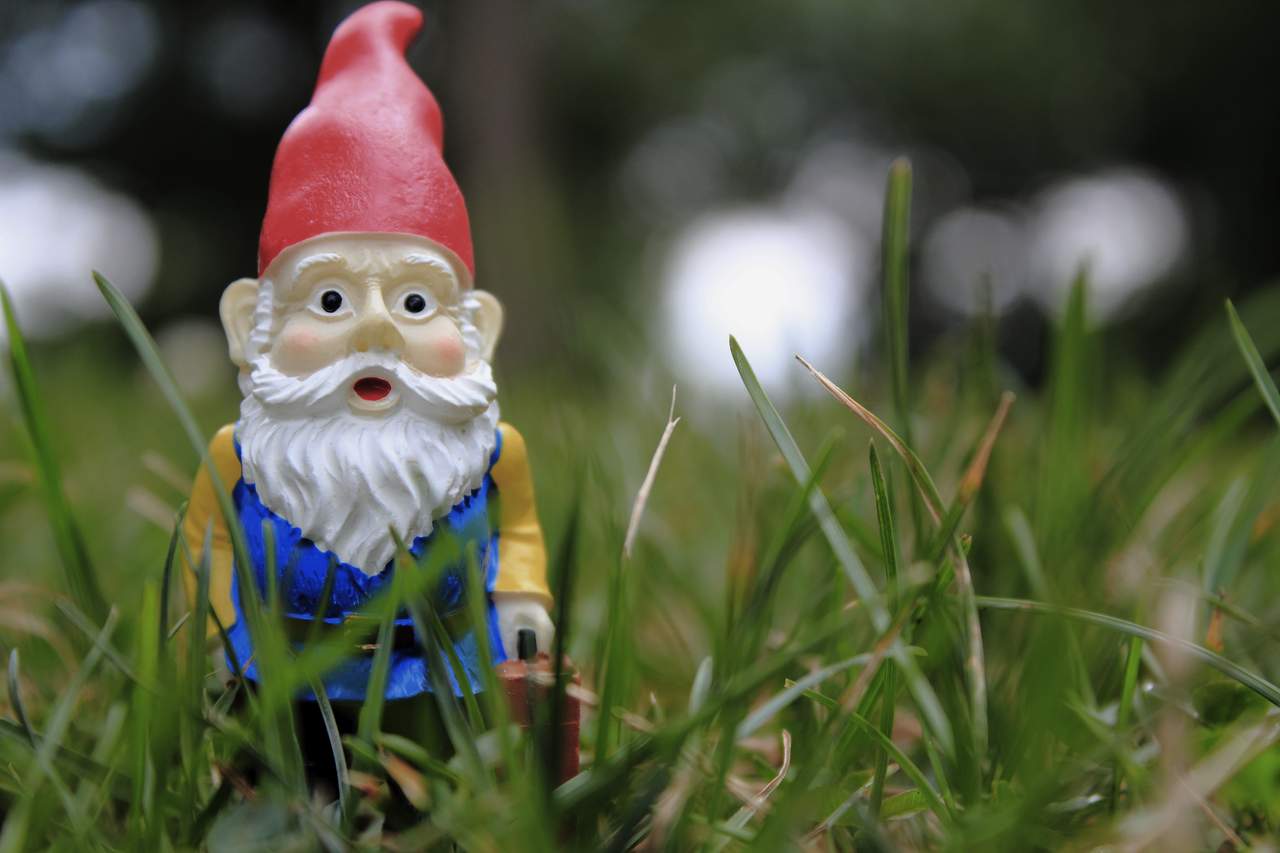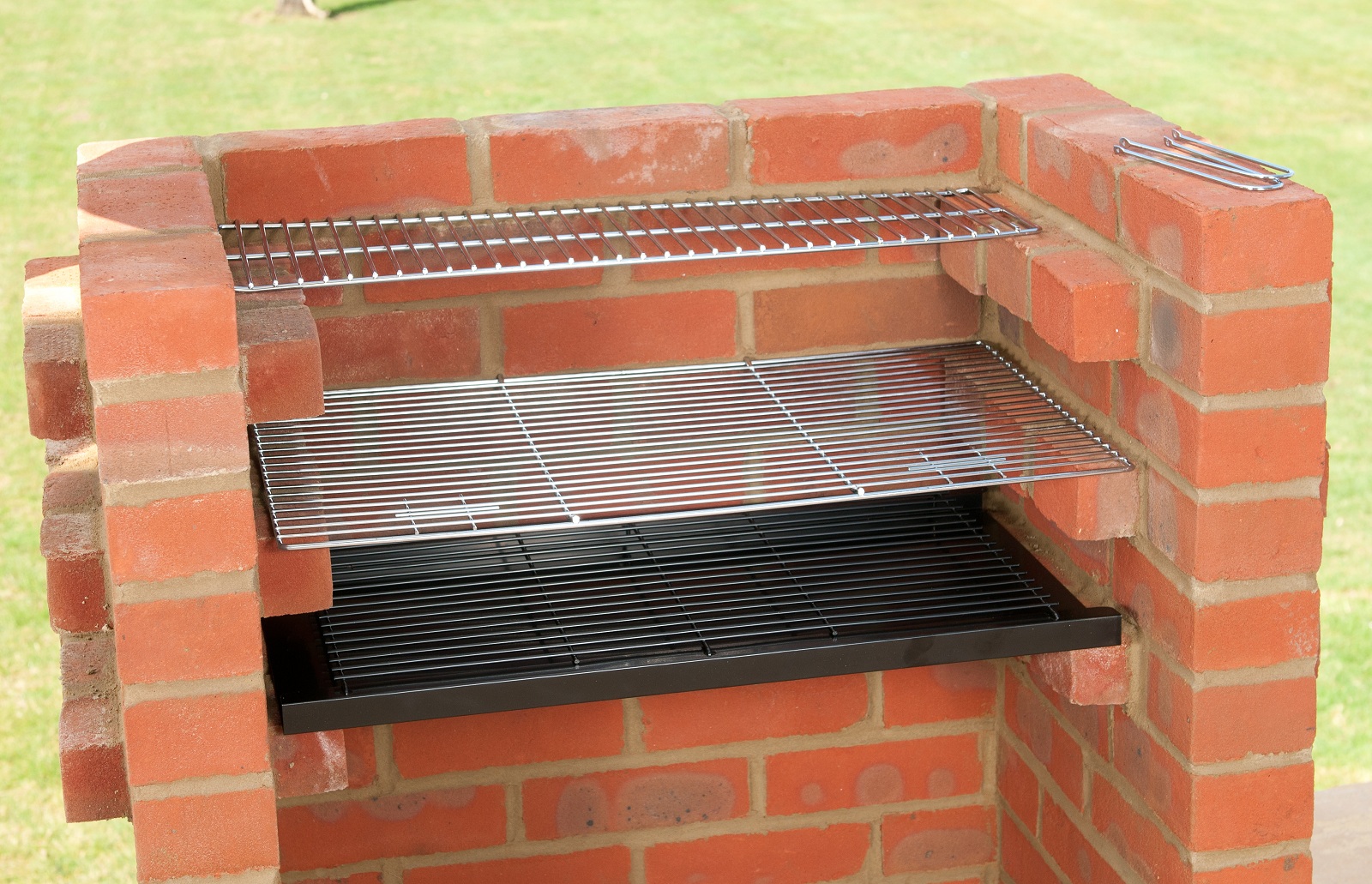What’s topiary?! You have certainly seen in parks and other houses’ gardens bushes that look perfect, trimmed in sophisticated shapes: pyramid, sphere, spiral or even in the shape of different objects such as cars, bicycles, letters and sometimes animals. If you are tempted to practice this art (because in the end it takes much skill to model such forms of greenery) perhaps the first thing you should know is that not all plants are equally suitable for this task. The most appropriate plants, due to the texture of its leaves and the dense crown, are: cranberry, cypress, oleander, myrtle, buxus, rosemary bushes, laurel and ivy.
What’s the first step when you want to make your debut in topiary (because that’s how it’s called this horticultural practice)?
Well, pick the plant you want to model and make sure it is large enough to get the desired shape. Obviously, you need to start with simple shapes like cubes, cones or spheres. Then plant the shrub in a pot (you need quality soil and also fertilizer) and then, using garden shears, you can start cutting from the branches, slowly forming a contour. It’s just like cutting someone’s hair, actually. From time to time, we recommend taking a few steps back to look at your bush from afar, to be able to locate and fix imperfections.
When the results are getting pretty satisfactory (don’t expect that right from the start), move the pot into a sunny place and don’t forget to water and care for it regularly. With the passage of time, your plant will develop. Branches will grow, the foliage will get denser and you will need to make adjustments all the time to preserve the created shape.
It’s hard work, but the results are worth it. Be careful, however, to use your talent in moderation, because what’s too much can easily turn into kitch.
Not convinced yet? We invite you to admire some fabulous topiaries:










